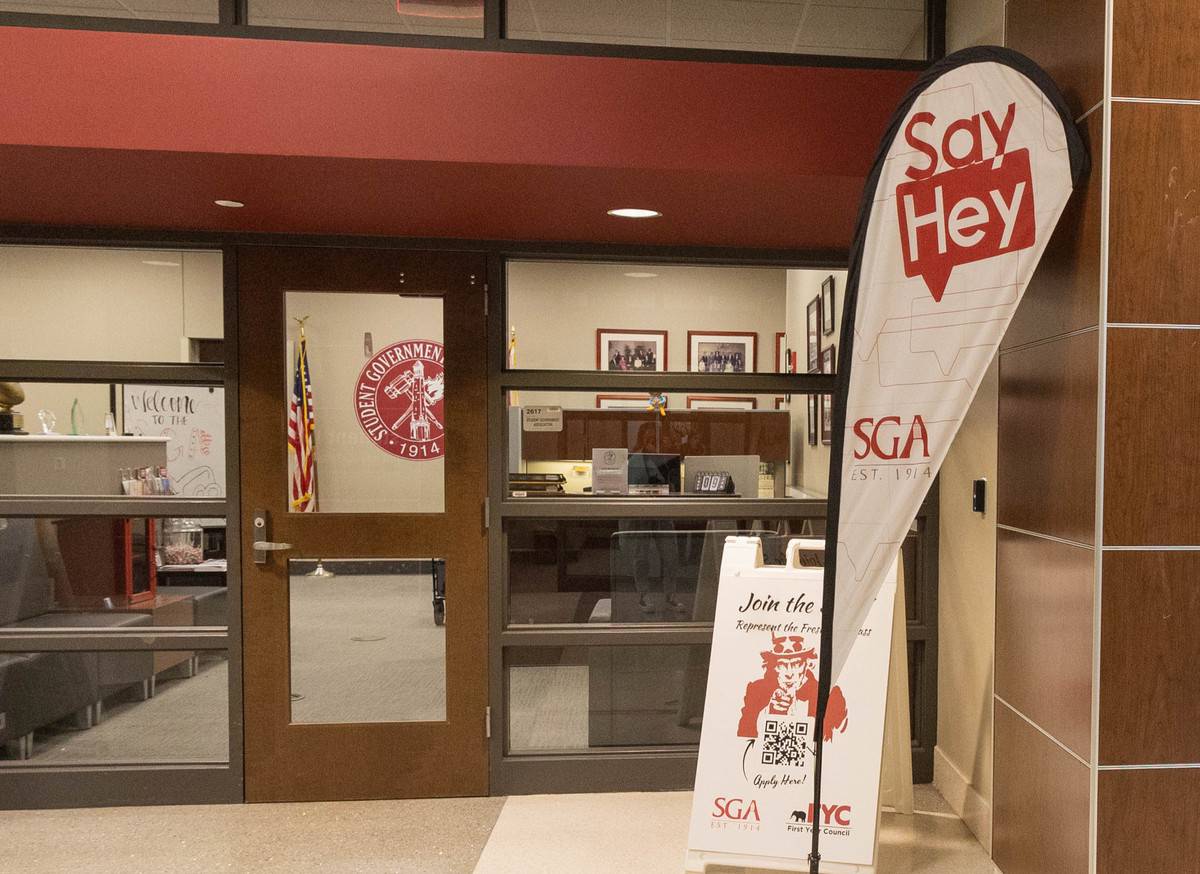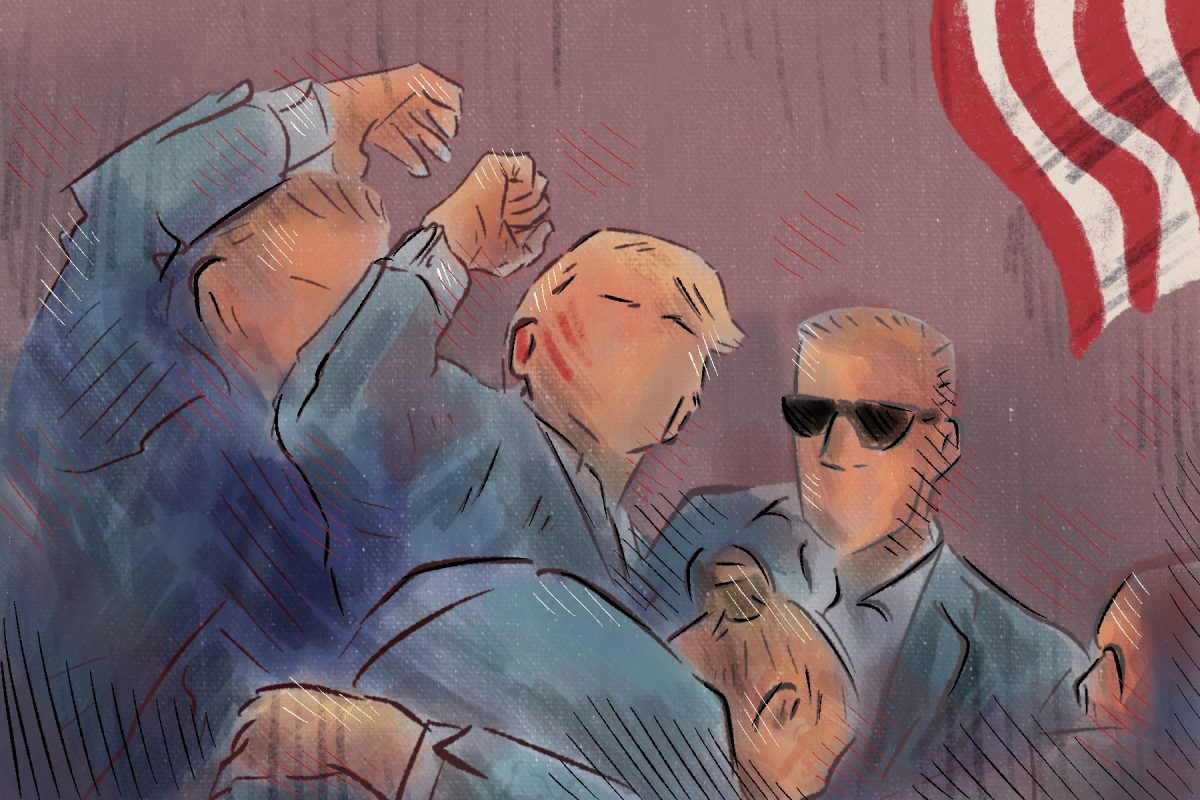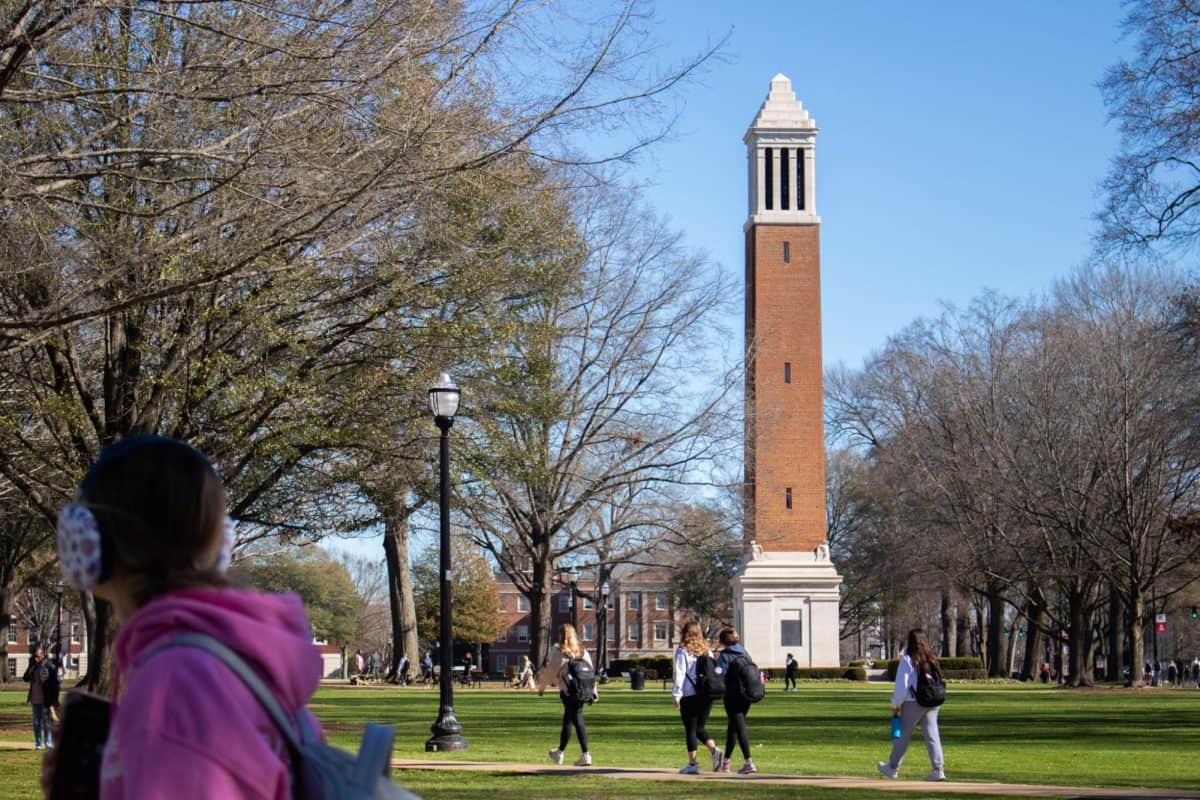Eyram Gbeddy is currently a junior at The University of Alabama serving as an SGA senator for the College of Arts and Sciences. He is also the president of the Black Faculty and Staff Association Ambassadors and secretary of UA Common Ground. Gbeddy is planning on introducing a piece of legislation to expand the voting window in the upcoming session.
Here at the Capstone, the SGA is meant to provide a voice for students in University decisions through elected officials. At least in theory, our senators execute the will of voters, obeying their desires as communicated at the ballot box.
Ultimately, the SGA’s power comes from the voting students. At the heart of every democracy lies its voting citizenry. The idea behind democracy is that it’s the voters who choose, and their will is supreme. That’s why turnout is so important.
A democracy with low turnout isn’t as representative. The voices of those who are supposed to be heard instead remain silent. In their absence, elected leaders are incentivized to care more about the few who voted, a subset likely quite different from the actual constituency.
An engaged voter base is an active part of any healthy democracy, a prerequisite for the will of the voters working to ensure that political promises are kept and remind elected officials that they serve at the pleasure of their constituents.
That philosophy extends to us here in Tuscaloosa whenever we elect our Student Government Association executives and senators every spring. Unfortunately, student turnout for our SGA elections could be much higher.
In the most recent SGA presidential election, we had a turnout of 32.46%, a number that only narrowly fell short of the 2019 election’s 33.92%, the all-time high since the SGA started tracking voter turnout.
We can and should be doing better. The SGA is the principal way our student body can make its views known to the administration. It’s important that all who want to vote have ample opportunity to do so. Unfortunately, there is ample reason to suspect that is not the case.
At The University of Alabama, we have only 12 hours to vote every spring election. During my conversations with nonvoters, many pointed to the short election window as a key reason they do not get around to it.
Whether you look at the University of Tennessee, the University of Alabama at Birmingham, or the University of Arkansas, you quickly realize that many of our peer institutions have longer voting windows than we do.
The length of our voting window is compounded by the technical difficulties that seem to plague our elections.
I’ve had the privilege to vote in two SGA election cycles thus far, and both had a delayed start or finish due to the voting portal malfunctioning. This unpredictability was also frequently pointed out to me when I asked students why they didn’t vote.
If you try to vote in the morning and aren’t able to, it understandably makes you less likely to vote at all that day. Many students are simply too busy to take time out of their day to try again within the 12 hours allotted.
If the SGA truly wants to be representative of our nearly 40,000-strong campus, lengthening the voting window is a crucial step toward embodying this ideal.
I believe that not only is it the best path for increasing student engagement through voting, but it is also a change befitting of the purpose of the SGA itself.
One of the main parts of the SGA’s mission statement is to train ourselves in democratic government. In 21st-century America, the idea of an “election day” is increasingly becoming a thing of the past as we put more energy into making voting more accessible through mail-in and early voting.
In fact, in the 2020 U.S. election cycle, roughly 70% of voters cast their ballot before election day. Preparing both SGA members (some of whom go on to serve in elected positions in government) and UA students for voting in the real world requires a window that makes voting an accommodating process with few issues.
Taking a closer look at the states, patterns quickly emerge regarding the voting window and turnout. The state with the highest 2020 turnout was Minnesota, with 80% of voters showing up to the polls. In contrast, Oklahoma lands at the bottom of the rankings with 55%. Notably, both states occupy extremes when it comes to their voting windows.
Minnesotans have 46 days before their actual election day to vote while Oklahomans only have a three-day window consisting of the Wednesday, Thursday and Friday before election day. These circumstances are intuitive. More time to vote equals more voters.
The current 12-hour voting window is an outdated, needlessly short time for voting that leaves little room for error in a system that has repeatedly proved to be full of it. It ignores the fast-paced, busy life of the average college student and enables voter apathy. In short, it’s about time we changed it.







